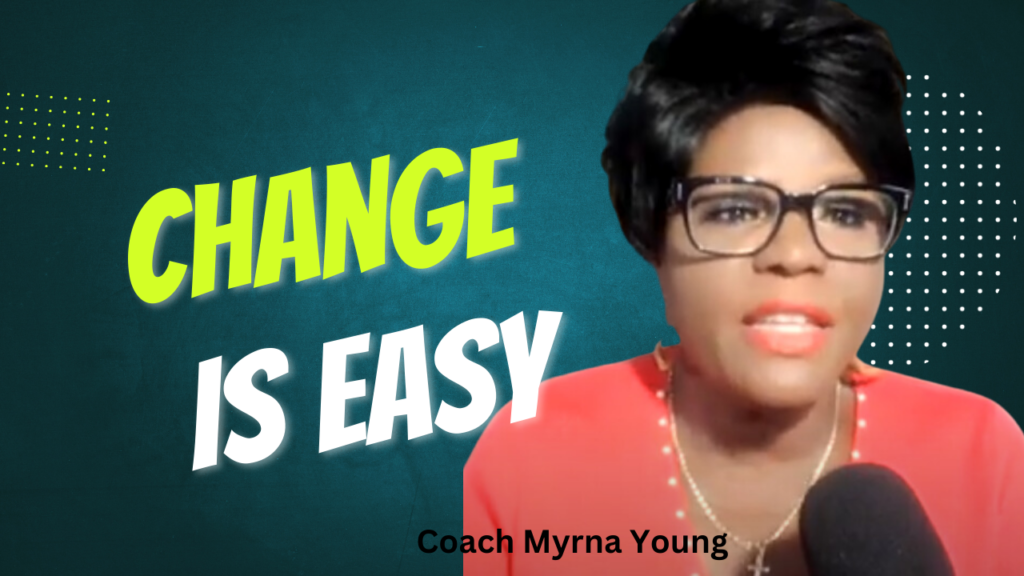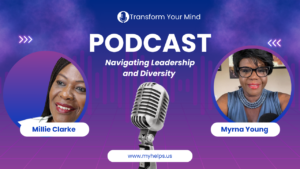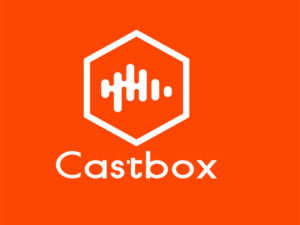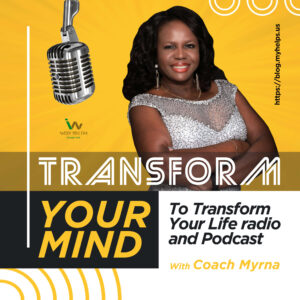Gena Yuvette Davis, a board certified executive coach, corporate trainer and organizational development consultant. “How to Transform Behavior in the Workplace” to facilitate workplace well being
In keeping with my custom, I would like to share with you my tip of the week from coach Myrna.
Since Gena is going to talk today on How to, Transform, Behavior, in the, workplace, I want to share “How to, transform, your life by removing old conditioning.

How to Remove old conditioning:
The physical component of the mind body connection, is the brain.
The mind is the software and the physical brain is the hardware.
>If your brain, the hardware, is stuck in old patterns, even with the best of intentions, the software, the mind, won’t work.
If you let your brain keep you repeating the same patterns, you become like a biological robot.
Your words thoughts and actions become totally predictable.
We are all victims of repetitive patterns.
To change the patterns that are not serving you, the solution is awareness.
</blockquote>
Here are 5, Behaviors, that are usually automatic.
1: Snacking non – stop even when not hungry
2: Spending too much time on the couch watching TV
3: Overspending your way into debt
4: Eating too much fast foods
5: Skipping breakfast
6: Late night snacking
7: Smoking cigarettesHow can you bring awareness to these, behaviors, and interrupt your pattern?
Let’s look at.
>Snacking non stop
– whenever you feel the need to grab that bag of chips, stop and ask yourself<br />What am I really needing?
What need is this food really filling?The moment you take a moment to think about your action, you interrupt your pattern.
You are on your way to breaking that habit. Even if you still eat that bag of chips.
You are on to way to removing old conditioning. Awareness is the key.Another way to remove old conditioning and, behavior, is to:
- Change your state
Let’s say you are sitting on the couch and you reach for the bowl of nachos on the table or the bags of chips from our previous example.
Just as you think the thought to command your hands to reach for the bowl; Change your state!
Get up and walk to the bathroom or to the mailbox. Move your physical body into a different position.- The 3rd way you can remove old conditioning or, behavior, is to:
- Create a new habit – rewire the physical component.
Let look at our example of skipping Breakfast.
>Make it easy.
– buy a drinkable breakfast and grab it on the way out of the door.
– have your partner make you breakfast.
– prepare a sandwich the night before and eat on the way to work.
– set the alarm 15 mins earlier.Remove old conditioning and transform behavior in your personal life:
- •Authentically committed to empowering and inspiring others to be their best selves, Gena specializes in working with clients from a variety of industries who are on the fast track to taking their careers to next level. She is also a change agent for organizations who wish to transform their companies into diverse, collaborative and thriving work forces. Her drive and energy is infectious as she is able to elevate her clients and help them live to their true potential.
•
• Gena’s coaching, training and consulting style is intuitive, always full of energy, and with a touch of gentle persistence! Knowing that the answers are already within, Gena’s job is simply to be the way-shower of what is already known to be true – “success attained.” She is dedicated to assisting individuals and organizations to achieve excellence in ways that support integrity and a collaborative spirit and to achieve.- In addition to executive coaching and training in the areas of emotional intelligence, leadership effectiveness, communication skills and reputation management, her work includes a variety of strategic consulting services such as strategic planning, change management, retreat planning and facilitation, employee engagement, team-building, as well as diversity and inclusion initiatives. Her focus is on developing collaborative processes and as a thinking partner to foster learning, dialogue, and innovation.
• Podcast interview Questions Transform Your Mind Podcast
Best Practices to Transform Behavior In the Workplace
• 1) What is “Behavioral Transformation using ETT ?”
Emotional Transformation Therapy (ETT)
Emotional Transformation Therapy (ETT),
a therapeutic method incorporating the use of light, color wavelengths, and eye movements, aims to rapidly transform emotional distress and related physical pain into a positive emotional state.
Professionals trained in ETT work to help those in therapy address trauma and other pain and achieve lasting, healing change.
Emotional Transformation Therapy, developed by contemporary psychologist Dr. Stephen Vazquez in 1991, is a relatively new form of therapy. Vazquez’s studies in the fields of epigenetics, optometry, neurobiology, and quantum physics influenced various aspects of his development of ETT as he attempted to establish a therapeutic technique beneficial for the reduction of emotional and physical distress. His noninvasive, non-pharmaceutical approach combines traditional psychotherapy with the use of visual brain stimulation and colored light therapy for reportedly fast results.
ETT draws on the concepts of interpersonal therapy and visual brain stimulation therapy. This research-driven approach is used by trained practitioners to transform emotional distress without the use of drugs and medications. ETT aims to help the person in treatment move swiftly from a difficult emotional state into a more positive emotional state—from despair to empowerment, unhappiness to joy, or trepidation to courage, and so on—through the remedial use of light and color wavelengths, which can be administered through a light box designed specifically for ETT.</p>
HOW DOES ETT WORK to TRANSFORM BEHAVIOR?
Many people who seek therapy do so when they experience menta
lly or physically unpleasant states or feel trapped by their emotions, feelings, memories, or current situation. In ETT, neural impulses are used in conjunction with specific forms of eye movement and stimulation to target these uncomfortable emotional and physical states in the corresponding areas of the =”https://myhelps.us/how-disable-your-autopilot-brain/”>brain.
Specifically, the brain is stimulated with lights and colors in order to reshape the neural impulses affecting the brain and the nervous system. The therapist observes the emotional responses of the person in therapy and helps facilitate productive regulation through verbal cues meant to induce rapid emotional and behavioral changes.
Discoveries in light therapy show particular wavelengths of light to be able to help transform a person’s emotional state when administered properly. ETT theory, which is grounded in this principle, incorporates interaction between the therapist and the person in therapy to create what proponents of ETT believe to be an effective method for the rapid restoration of a positive emotional state.
• 2) Why is behavioral transformation so difficult?
• 3) What are the different communication and behavioral styles?<br class=”yoast-text-mark” />>>• 4) These are three best practices to behavioral transformation in the workplace
• 5) How can we do to be our own advocates for change?
• 6) Can we really transform our work environment through behavioral transformation? How?Follow Coach Myrna
Facebook @ https://www.facebook.com/MyhelpsInc/
https://www.instagram.com/myrnamyoung/If you are interested in becoming a, Podcast Sponsor, on the Transform Your Mind radio show and podcast
email Coach Myrna Young @[email protected]
Please subscribe to this podcast on iTunes so you can Transform your Mind for success.
Additional Resources









